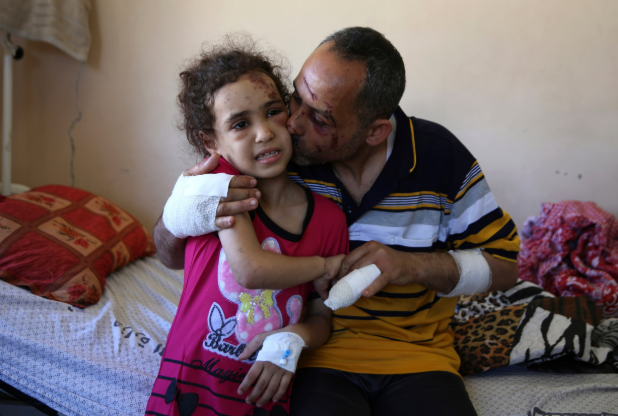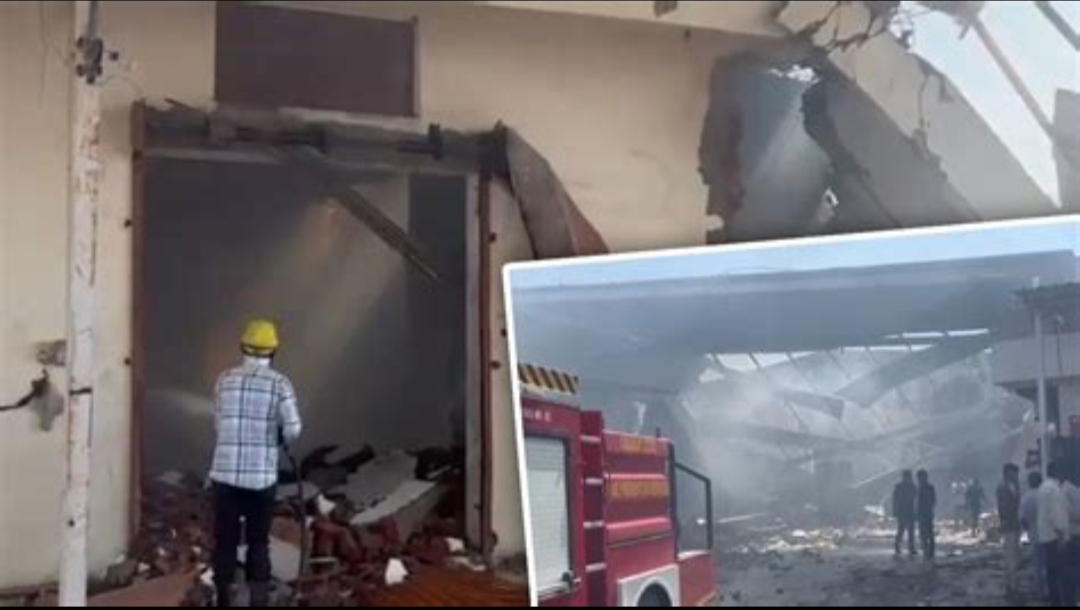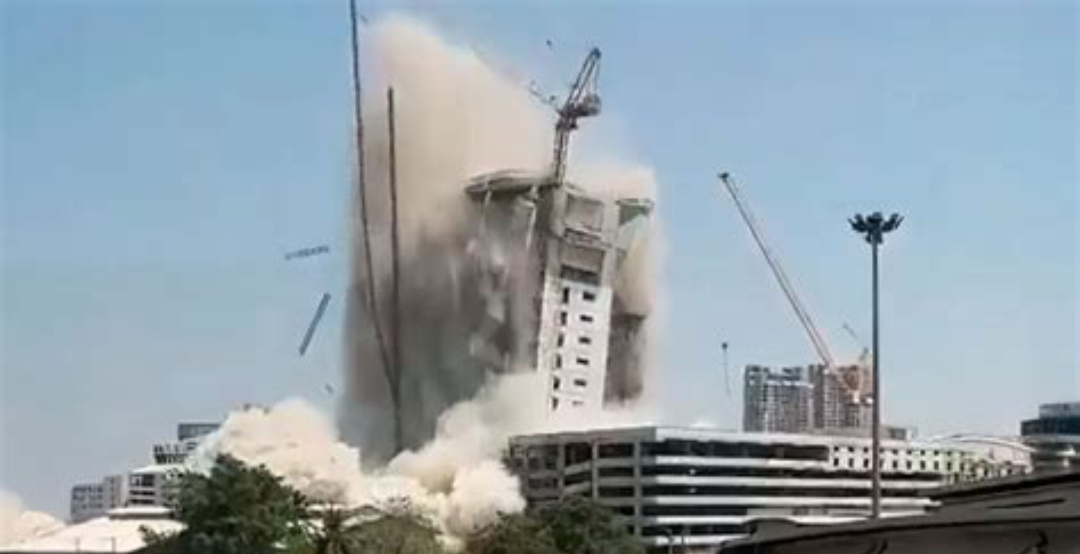The streets of Gaza are once again filled with the sounds of explosions and sirens as Israeli airstrikes continue to hit the besieged territory. Among the rubble and chaos, the most heartbreaking victims are Gaza’s children, many of whom have lost their lives in the latest wave of attacks.
Since the ceasefire between Israel and Hamas collapsed on March 18, relentless airstrikes have killed nearly 800 people, according to Gaza’s Health Ministry. A significant number of the victims are children, with many more injured or trapped under debris.
International organizations have been sounding the alarm over the devastating impact of this conflict on Gaza’s youngest residents. The United Nations has reported that more children have died in Gaza between October 2023 and February 2024 than in all global conflicts combined between 2019 and 2022. Many of the injured now face life-altering disabilities, with Gaza now home to the largest population of child amputees in modern history.
Families seeking refuge have found little safety, as Israeli forces ordered mass evacuations in Rafah, a southern city where over a million displaced Gazans had been sheltering. Bombings during the Muslim holiday of Eid al-Fitr have only added to the despair, with hospitals overwhelmed by casualties and medical supplies running critically low.
The humanitarian crisis continues to deepen. With homes, schools, and hospitals reduced to rubble, survivors are crammed into makeshift shelters, where diseases and malnutrition are becoming rampant. International aid organizations are struggling to get resources into Gaza, further worsening the suffering of its people.
In the midst of this devastation, parents are left to grieve their children. Many fathers and mothers, who once dreamed of a bright future for their kids, now dig through debris with bare hands, hoping to find their loved ones—alive or to give them a dignified burial.
A Generation Stolen
Experts are calling this conflict one of the most devastating in modern history for children. Psychological trauma is rampant, as those who survive are left with lifelong scars—both physical and emotional. The constant fear of bombings, the sight of lifeless bodies, and the loss of family members have left many with severe PTSD.
“We see children who have lost the ability to speak. Others wake up screaming in the middle of the night, terrified that another bomb will drop on them,” said a psychologist working in Gaza. “The trauma is so deep that it will take generations to heal—if healing is even possible.”
International Outrage Grows
Global outrage is growing, with human rights organizations condemning the attacks on civilians. Amnesty International has documented airstrikes that wiped out entire families, calling for accountability and an end to indiscriminate bombings. Despite these calls, the violence shows no sign of stopping.
Protests have erupted in major cities worldwide, with demonstrators demanding an end to the bloodshed. Social media is flooded with images of Gaza’s children—before and after the attacks—highlighting the tragic reality of a war that spares no one.
A Future in Ruins
With no resolution in sight, Gaza’s children continue to pay the heaviest price. Their futures, once filled with dreams and possibilities, are being stolen by war. The world watches, but for many families in Gaza, hope is fading as quickly as the city around them.
In a recent statement, a father who lost his three children in an airstrike said, “I don’t know why we are being punished like this. My children had nothing to do with war. They only wanted to play, to live, to dream.”
As the conflict drags on, one thing remains clear: no child should have to grow up in fear, and no parent should have to bury their child. Yet, in Gaza, this has become a grim reality that repeats itself, over and over again.



